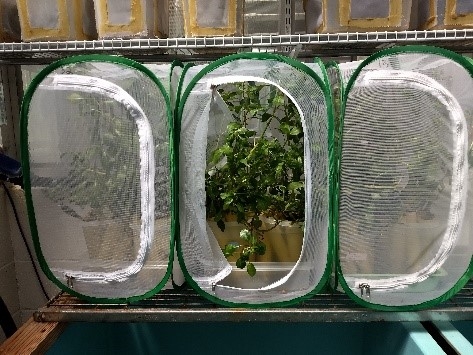Exotic water primroses (Ludwigia spp.) are aggressive invaders in both aquatic and riparian ecosystems. The plants form dense mats over the water surface. These mats constrain navigation and interfere with recreational activities, irrigation, drainage, and agricultural production. Rapid growth of these weeds also displace native plants and wildlife in aquatic ecosystems.
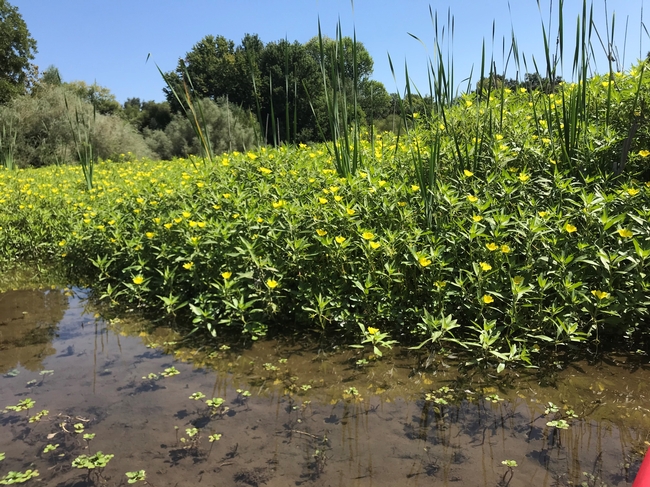
In the US, several exotic Ludwigia taxa have naturalized and become invasive: Ludwigia hexapetala, L. peploides subsp. peploides, L. peploides subsp. montevidensis, and L. grandiflora. Stakeholders are eager to get these weeds under control by all means necessary and one option is the development of biological control. In a recent partnership between the U.S. Army Corps of Engineer's Aquatic Plant Research Control Program (ERDC-APRCP) and the U.S. Department of Agriculture – Agricultural Research Service (USDA-ARS), research was conducted to provide the biological and ecological foundations for developing an effective integrative management program that includes biological control. There is a large “up side” to biological control, as it has the potential to provide landscape-level suppression of weed populations, and if successful, it can be a long-term sustainable option.
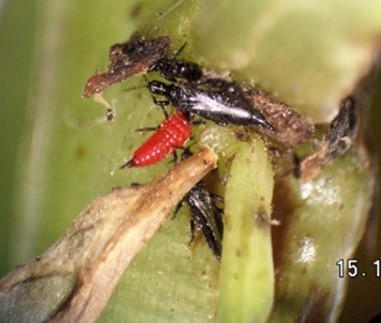
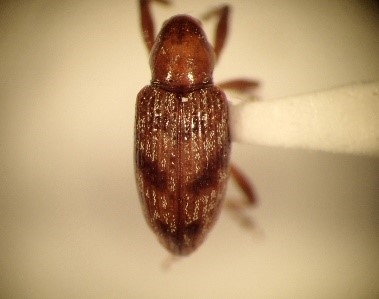
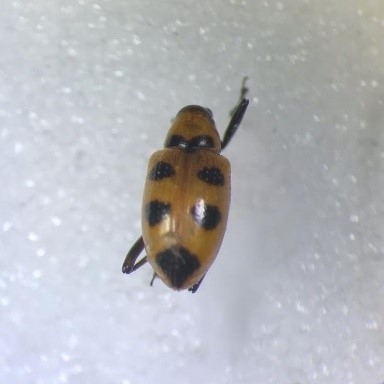
Research is currently underway at the USDA-ARS Invasive Species Pollinator Health (ISPH) quarantine facility in Albany, CA, to colonize and test the host range of these agents. Host range testing of the thrips has been completed. However, L. ludwigi damaged and completed development on native Ludwigia species, indicating that these thrips are not sufficiently host-specific for consideration as a biological control agent in the US. Efforts to colonize the Tyloderma weevils are ongoing. T. nigromaculatum adults feed on leaf margins, creating crescent-shaped marks around the leaf perimeter. The adult female lays eggs at the base of the sepals of flower buds and spent flowers. Complete larval development occurs inside the fruit where it feeds on developing seeds. The second Tyloderma weevil has yet to be identified to species but adults feed on all leaf stages and make discrete holes in the lamina. Adult females lay eggs singly where the petiole meets the lamina. Neonate larvae tunnel through the leaf petiole into the stem where they feed and complete development. The resulting adult emerges from the stem by cutting a circular exit hole. The rearing protocol for this unknown species is near completion (Fig. 4), and this will be followed by host-range tests to determine the weevil's specificity.
Angelica Reddy is a Research Associate Entomologist with USDA-ARS-WRRC Invasive Species and Pollinator Health Research Unit, Albany, CA.
